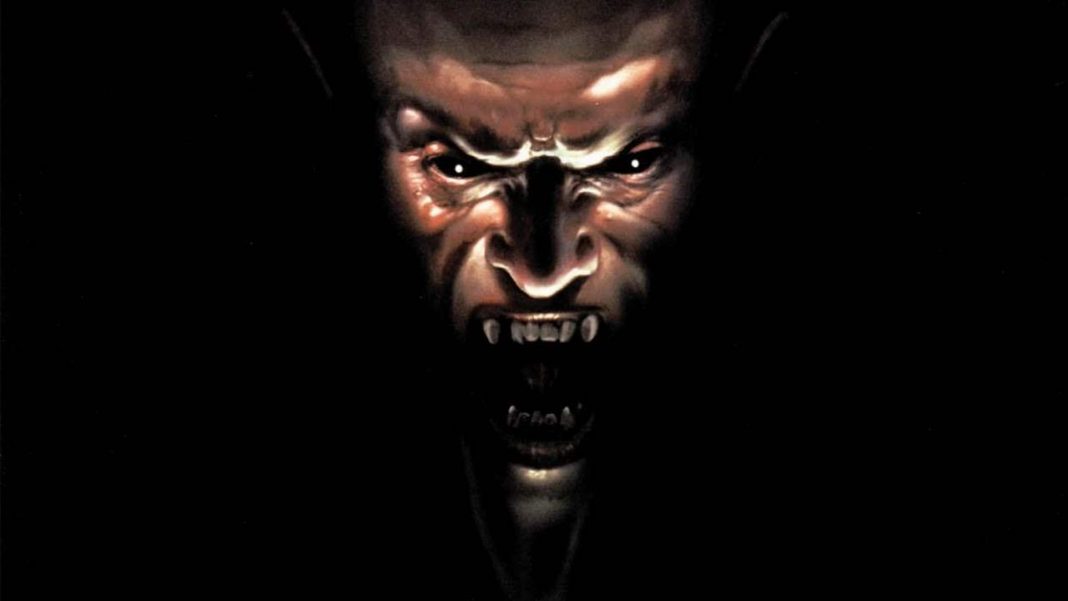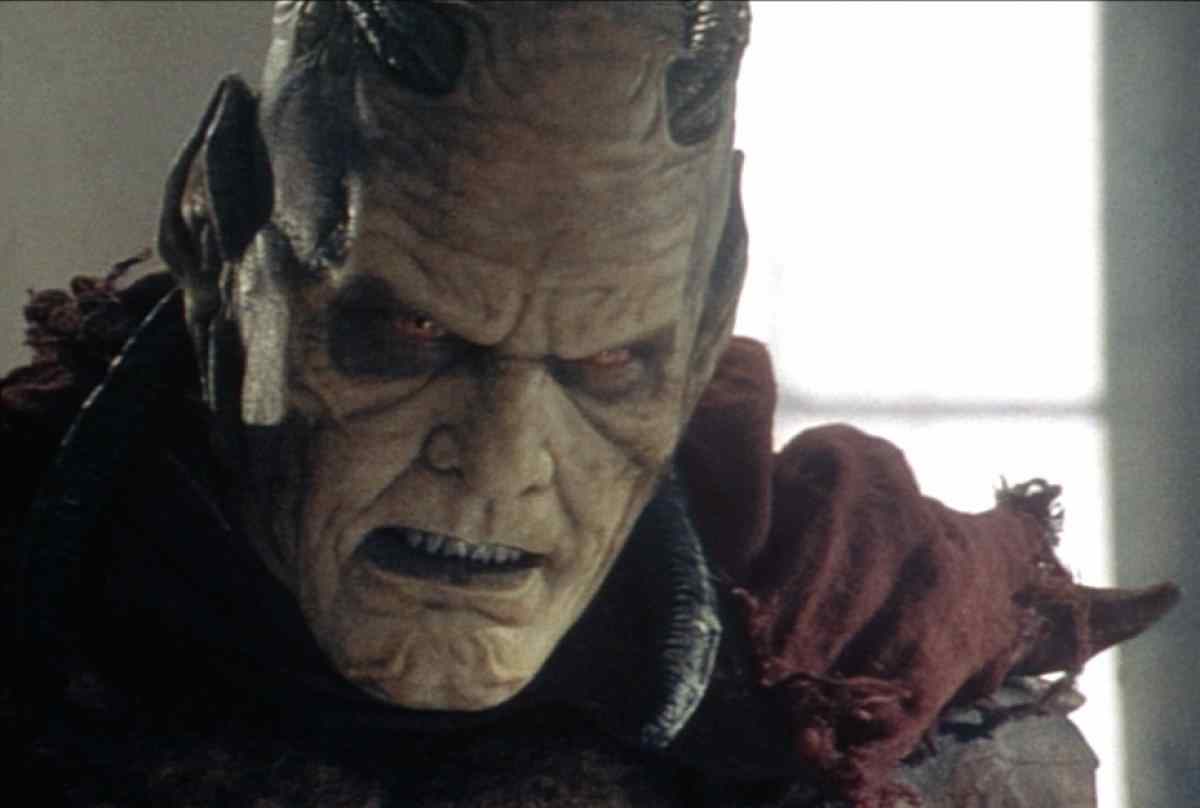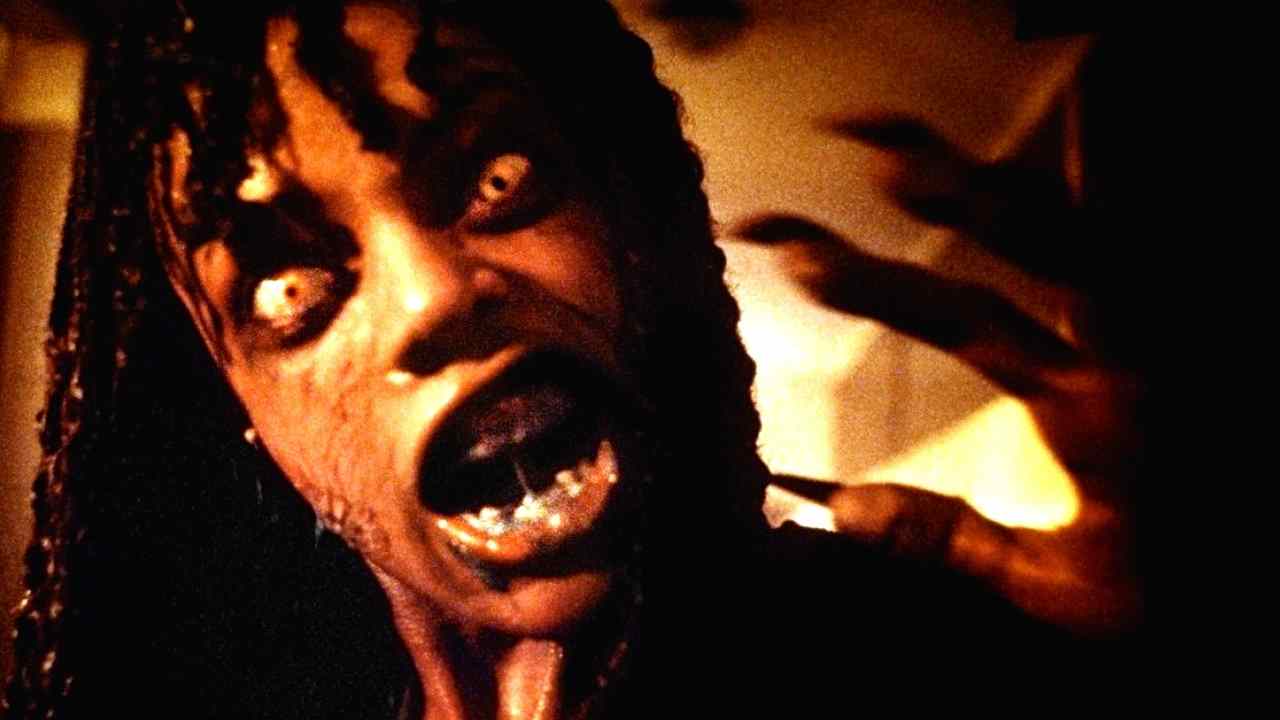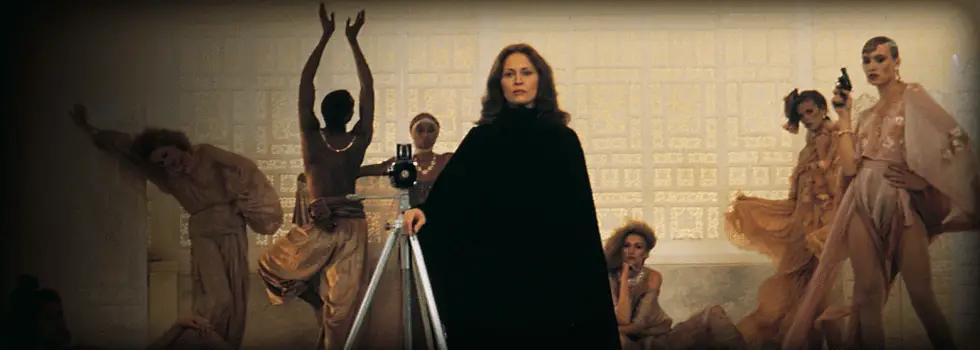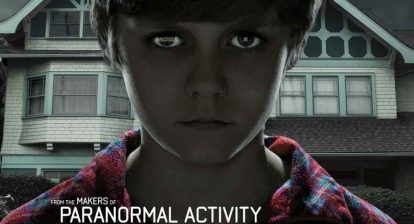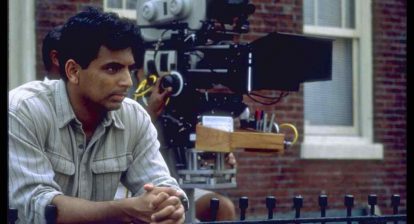The average moviegoer doesn’t think a lot about what goes into a film or who does what on it. They don’t really care. But they will notice certain names. If the director has his name above the title—as is usually the case with John Carpenter—or is at least prominently displayed on the poster, as was usually the case with Craven or Romero, then the audience will begin to pick up on their names. They start to know who the masters of horror are and they know that they make pretty good movies.
But they won’t distinguish. And the distributors know this. In fact, they count on this happening. During the height of the video era, movies were marketed for you to pick them up by mistake. The Asylum has taken this to the extreme, targeting grandmothers who won’t know the difference between Transformers and Transmorphers. But it’s not just them. Every VHS/DVD company has played the game a little bit.
They’ll use the name of a major director who produced the film or maybe helped on the story and they’ll promote the hell out of that name. They’ll do the same with the most successful actor in the cast, even if they only appear in a scene or two. Every company does this.
So, while many of these titles won’t be a surprise to the hardcore fan, they can at least understand the struggle of having to explain to people who aren’t immersed in the genre that the following movies weren’t directed by their favorite masters of horror.
Wishmaster
It says “Wes Craven presents Wishmaster” on the cover, but that’s only because “presents” is a very different thing than saying “a film by.” Anybody can present anything, it almost sounds like they’re handing it to you already finished, which is essentially what Craven did. The late filmmaker was involved as an executive producer, but it was Robert Kurtzman of the hugely successful KNB effects company who used Wishmaster for his directorial debut. It also boasted a script by Peter Atkins, who penned the first three Hellraiser sequels.
DemonsDario Argento’s Demons is at least still Argento’s story, so the wording of the title isn’t technically wrong. He did write this film, but he didn’t direct it. Instead, it was directed by Lamberto Bava, son of the great Italian maestro Mario Bava. Even so, Argento’s fingerprints are all over this one, which centers on a secret screening of a feature so horrific that it actually possesses the audience.
Again, we find ourselves with a Wes Craven misunderstanding. I can’t even begin to explain the amount of people who have told me that Dracula 2000 was the only Wes Craven movie they really loved. Once again, though, Craven only presented this feature and did not actually direct it. Instead, this update on the Dracula story was directed by Patrick Lussier, who would direct its two sequels as well.
Most horror fans know that Eli Roth directed Hostel. But it’s Quentin Tarantino who has his name above the title and that’s who plenty of people have attributed this film to. While Tarantino may not be often thought of as a master of horror, his involvement with From Dusk Till Dawn (which is actually directed by Robert Rodriguez) and Death Proof earn him the title and it’s a moniker he’d certainly have no problem with.
An early effort for John Carpenter, done just before Halloween, it’s often lumped together with Someone’s Watching Me, which was done just after Halloween. While Carpenter did direct Someone’s Watching Me, he didn’t direct Eyes of Laura Mars. Instead, this was a script he wrote when he was a gun for hire, one of several scripts he sold that he did not direct himself.
While Creepshow 2 was marketed with the names of George Romero and Stephen King, just as the first had been, they were not as involved as they had been the first time around. Both were still involved, but on the first Creepshow, George Romero had directed from a script by King. This time it was the late, great Romero writing the script, adapting King’s stories, including one—“The HitchHiker”—that was originally intended to be part of the first movie. But the film itself was directed by original Creepshow cinematographer Michael Gornick.
